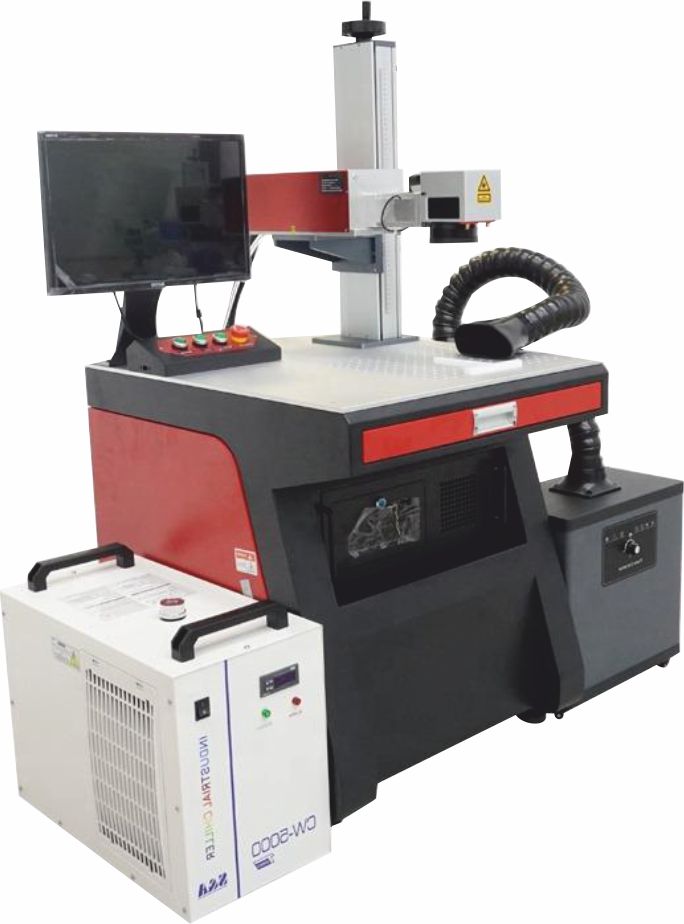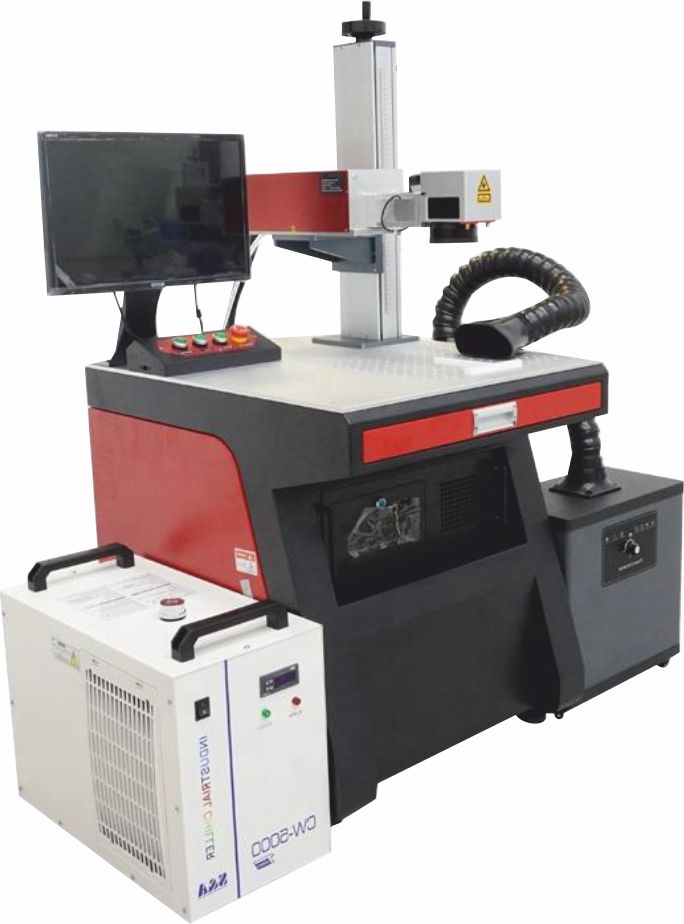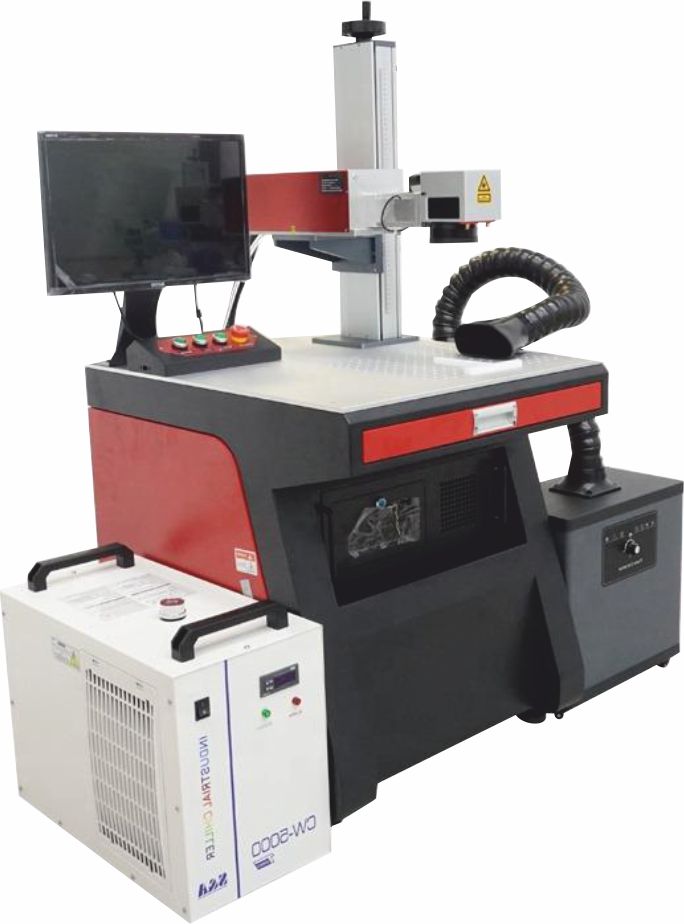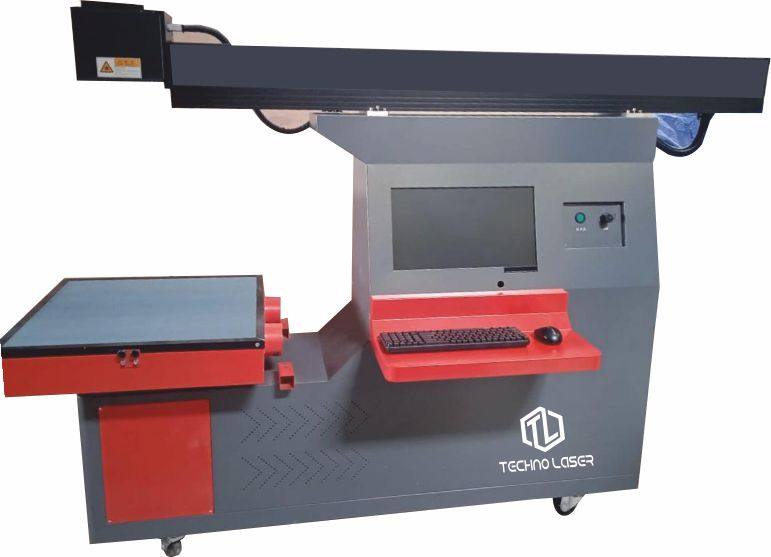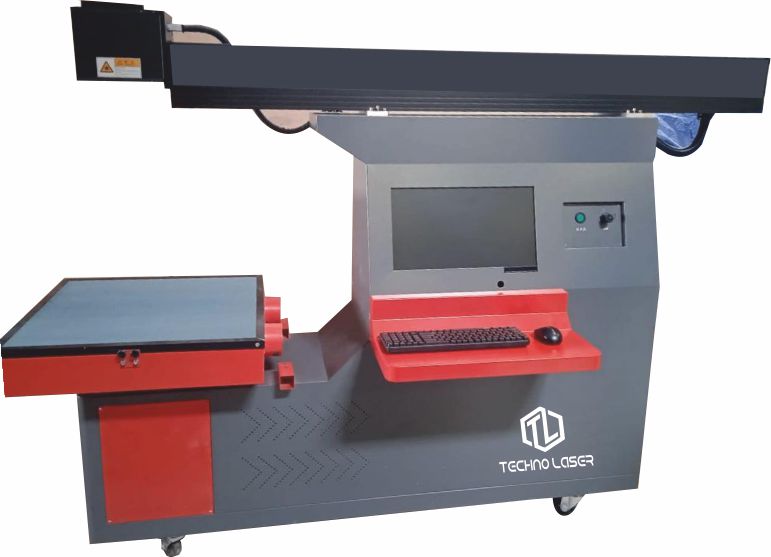
Benefits of Die and Mould Laser Welding Machines
Benefits of Die and Mould Laser Welding Machines
Die and mould laser welding machines are specialized tools designed to repair, join, or enhance metal parts in the die and mould industry. These machines offer a range of benefits that make them crucial in many manufacturing processes, especially where precision, durability, and minimal material distortion are required.
1. High Precision and Accuracy
-
Laser Beam Control: The laser can be focused precisely, allowing for the welding of intricate and small parts with high accuracy. This makes it ideal for repairing or joining complex mould and die components.
-
Minimal Heat Affected Zone (HAZ): Laser welding produces a narrow and concentrated heat zone, minimizing the thermal impact on the surrounding material, which ensures precision without affecting the properties of the surrounding material.
2. Reduced Distortion and Material Deformation
-
Low Thermal Input: Laser welding produces minimal heat, which reduces the chances of material deformation or warping, ensuring that the shape and integrity of the mould or die are maintained.
-
Improved Surface Finish: The precision of laser welding results in a smoother finish with less post-welding cleanup required.
3. Faster Welding Process
-
Speed and Efficiency: Laser welding machines can perform welding tasks faster than traditional methods, reducing production times and improving throughput.
-
Automation Potential: These machines can be integrated into automated systems, allowing for continuous, high-speed operation with minimal human intervention.
4. Minimal Material Usage
-
Minimal Welding Filler: In many cases, laser welding requires very little filler material, leading to reduced material wastage. This makes it a cost-effective solution for repairing or joining die and mould components.
-
No Need for Preheating: Laser welding eliminates the need for preheating of the workpieces, saving energy and reducing costs.
5. High Strength and Durability
-
Strong Joints: The precision and controlled heat input lead to strong and durable welds that maintain the structural integrity of the mould or die. This is particularly beneficial for high-performance dies and moulds used in injection moulding or die-casting applications.
6. Flexibility in Material Compatibility
-
Versatility: Die and mould laser welding machines are compatible with a wide range of metals, including hard-to-weld alloys and high-strength materials. This flexibility makes them ideal for various die and mould repair applications.
7. Reduced Post-Welding Processes
-
Minimal Need for Grinding and Polishing: Since laser welding results in a smooth weld, there is often little need for additional post-welding processes such as grinding, polishing, or filling, saving both time and labor.
8. Environmentally Friendly
-
Cleaner Process: Laser welding is a clean process with minimal fumes, smoke, and contaminants, making it a more environmentally friendly option compared to traditional welding methods.
(FAQ) about Die and Mould Laser Welding Machines
1. What is laser welding, and how does it work in die and mould repair?
-
Answer: Laser welding uses a concentrated laser beam to melt and fuse materials together. In die and mould repair, the laser beam is directed precisely onto the parts to join or repair them, minimizing heat input and material deformation, which is essential for high-precision applications like moulds and dies.
2. What materials can be welded using a laser welding machine?
-
Answer: Laser welding machines can weld a wide variety of materials, including steel, stainless steel, aluminum, copper, titanium, and even harder alloys. This flexibility makes them ideal for the die and mould industry, where different types of metals are commonly used.
3. How does laser welding compare to traditional welding methods like MIG or TIG?
-
Answer: Laser welding offers higher precision and speed compared to traditional methods like MIG (Metal Inert Gas) or TIG (Tungsten Inert Gas) welding. It also causes less heat distortion, requires less filler material, and produces cleaner welds with minimal post-welding work. Additionally, it is particularly useful for delicate components where high accuracy is essential.
4. How long does the welding process take?
-
Answer: The time required for laser welding depends on factors such as the material thickness and the size of the workpiece. However, laser welding is generally faster than traditional welding methods, significantly reducing repair or production times.
5. Can laser welding be used for repairing damaged dies and moulds?
-
Answer: Yes, laser welding is particularly effective for repairing damaged die and mould components. The high precision of the laser allows for targeted repairs to small, intricate areas without causing damage to the surrounding material.
6. What are the advantages of laser welding over traditional repair methods for dies and moulds?
-
Answer: Laser welding offers advantages such as faster and more accurate welding, minimal heat distortion, reduced post-welding cleaning, and the ability to repair hard-to-weld or high-strength materials. This is essential in the die and mould industry, where precision and durability are paramount.
7. Is there a need for filler material in laser welding?
-
Answer: Laser welding often requires very little filler material. The laser’s precise control allows for welding with minimal additions of filler metal, reducing material costs and the need for post-weld cleanup.
8. Are laser welding machines easy to operate?
-
Answer: Modern laser welding machines are designed to be user-friendly, with intuitive interfaces and programmable controls. However, they do require some technical expertise to operate effectively. Training is often provided to ensure operators can make the most of the machine’s capabilities.
9. What are the maintenance requirements for a laser welding machine?
-
Answer: Laser welding machines require regular maintenance, such as cleaning the lens, checking for any mechanical wear, and ensuring the laser source is functioning properly. However, they generally have lower maintenance needs compared to traditional welding equipment.
10. Can laser welding be integrated into an automated production line?
-
Answer: Yes, laser welding machines can be integrated into automated systems. This is particularly useful for high-volume production environments, where continuous, precise welding is needed without significant human intervention.
11. How environmentally friendly is laser welding?
-
Answer: Laser welding is considered more environmentally friendly than traditional welding processes because it produces fewer fumes, less smoke, and minimal waste. Additionally, the energy efficiency of laser machines helps reduce the overall environmental impact.
Conclusion
Die and mould laser welding machines offer precise, fast, and cost-effective solutions for a range of applications, from repairing damaged moulds to improving manufacturing processes. Their ability to provide strong, high-quality welds with minimal heat distortion and material waste makes them an excellent choice for the die and mould industry. These benefits, combined with their flexibility and environmental advantages, make laser welding an increasingly popular choice for modern manufacturing.
Related Keywords
Quick Enquiry

Our Products
Popular Links
Get In Touch
05, Sanskar Industrial Estate -2 , In side of Pavan Industral Esate Gate No -2 ,Opp Gopal Charan Estate Bakrol ,Ahmedabad - 382430, Gujarat, INDIA.
technolaser11@gmail.com
+91 8200009229
+91 9157575733
© Techno Laser. All Rights Reserved.
Designed by industrieslead.com
